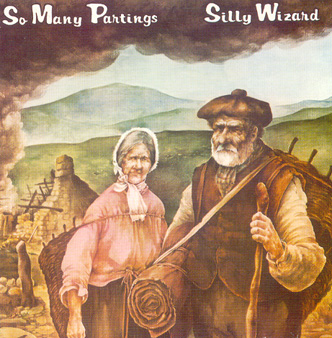

See the Chronology of the Highland Clearances which mentions 1850 Strathconon evictions carried out by James Gillanders.
Also see the history of Croick Church that recounts:
"The population of Croick parish at the time that the Church was built was made up, as in many other parts of the Highlands, of small tenants who practised subsistence farming on patches of arable land in the straths and from shielings on the hill grazings. By the end of the 18th century commercial sheep farming was being introduced into the Highlands in general, and into Ross-shire in particular by Sir John Lockhart Ross of Balnagown.As it became progressively adopted by the landlords it brought with it a complete change in the lives of the tenants. The changes, known as The Clearances, did not reach Croick Parish until 1842 when James Gillanders, factor to the Robertsons of Kindeace, attempted to evict the tenants of their Glencalvie property in order to make way for sheep. His efforts were at first strongly and successfully [resisted] but he eventually succeeded on 24th May 1845 when 18 families some 90 people - were cleared from their homes in Glencalvie in which they had lived for generations. Prior to their departure many took shelter in impoverished booths erected in the Croick churchyard and their wretched plight is recorded in messages scratched on the outside of the east window of the Church.
It so happened that a correspondent from the Times newspaper witnessed these sad events and a facsimile of his graphic despatch to his editor in London reporting them has been placed within the Church. A reproduction of the scribbled message can be seen.
A further clearance, from Greenyards in Strathcarron in March 1854 which came to be known as The Massacre of the Rosses, is also recorded in a message on the window."
Finally, for a critical non-Marxist analysis of the construction and reconstruction of the history of the clearances see the essay by Nancy Gunn McCorkill, "Highland Clearances: Narratives", especially Part II on the "Myths" of the Clearances. The essay contains quite a few examples of first-hand information as well as discussion about how that information has been shaped by historian's accounts. The emphasis here is quite different than Marx's but still interesting.